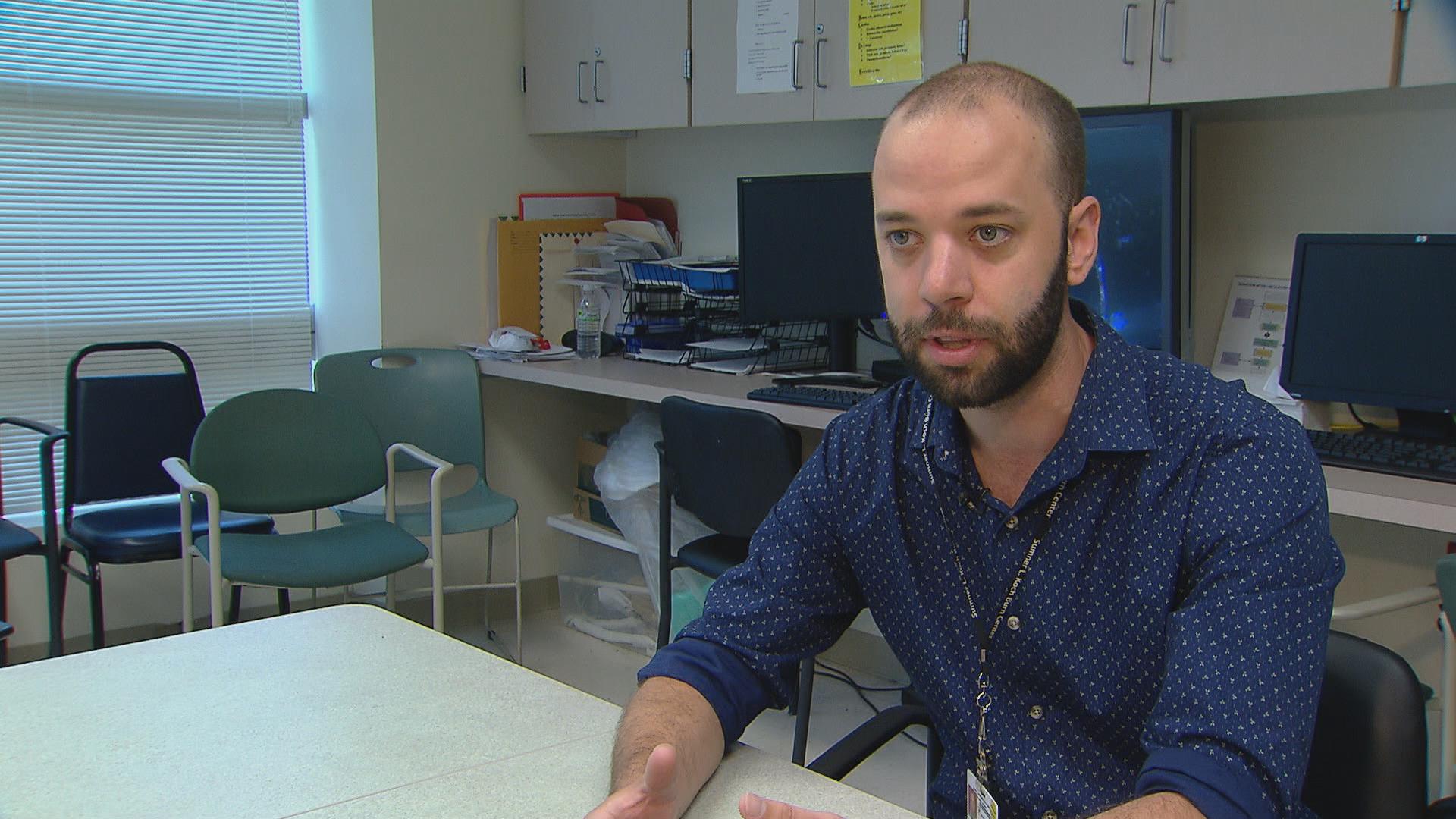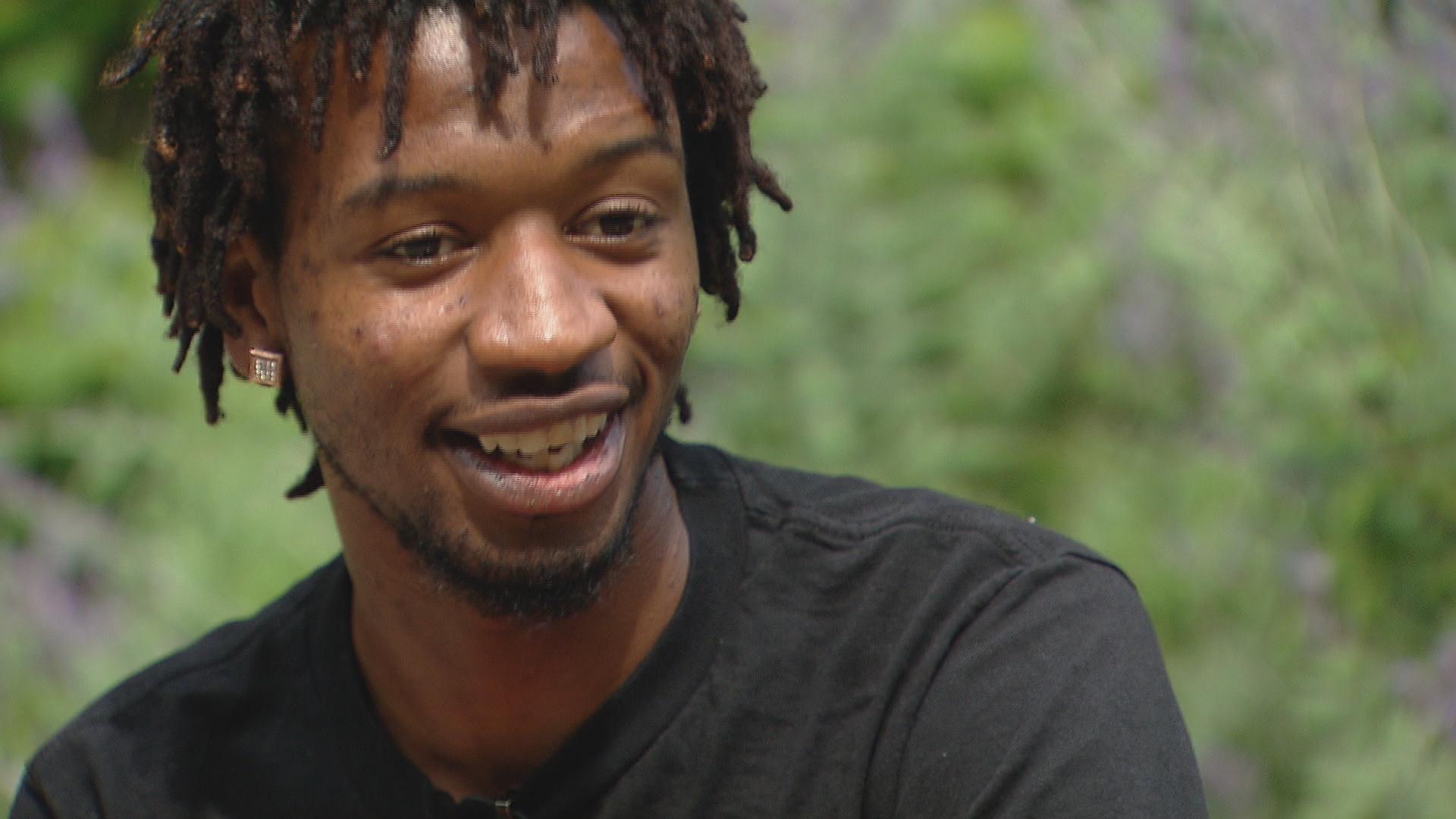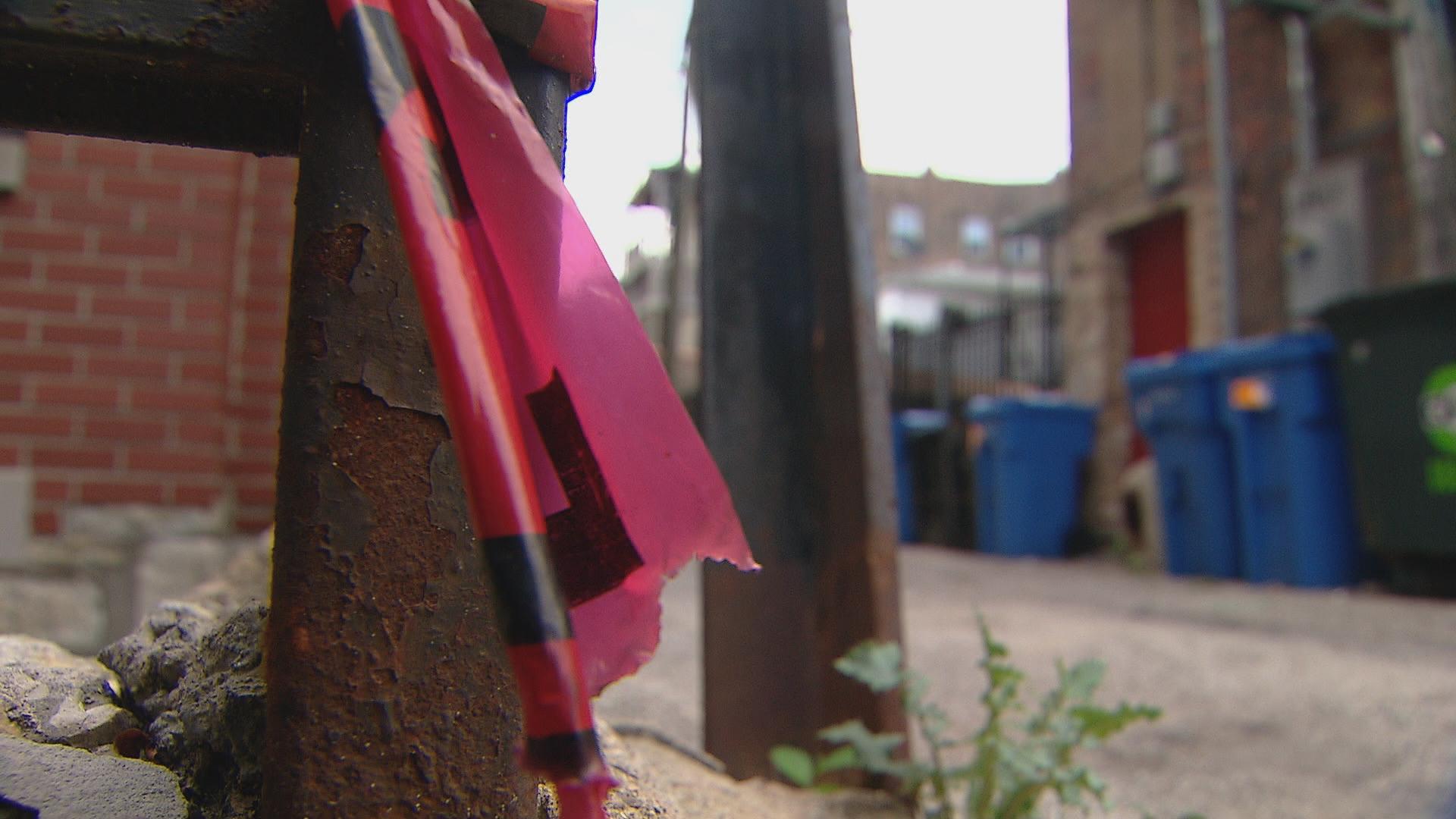The month of August was among Chicago’s most violent in 20 years, with 90 murders and 384 shootings. Gunshots took the life of a 32-year-old mother of four, and injured victims as young as 10 years old.
The Police Department says it is continuing efforts to stem gang violence and reduce the number of illegal guns that are on the streets.
But local hospitals are seeing the violence as a public health problem, and they’re working to make sure those younger victims never return to the ER with a violent, traumatic injury.
TRANSCRIPT

Brandis Friedman: Police tape still ruffles in the breeze through this alley in Chicago’s Little Italy neighborhood. It’s where, nine months ago, 25-year-old Jovan Wiggins experienced yet another in a series of traumatic incidents in his life.
Jovan Wiggins: Coming from the gas station, and I was helping a friend with a car jump and for no apparent reason, we were confronted by some guys. … In that instant, he spit out the car and the spit hit me, and his friend, the passenger, upped the gun and shot me.
Friedman: A bullet pierced Jovan’s arm, and his side, striking his colon, liver and kidneys.
He needed a whopping 14 surgeries, and spent two months at Stroger Hospital. The hospital’s trauma staff intervened immediately.
Andy Wheeler, Stronger Hospital social worker: In the medical world of trauma, there’s sort of a golden hour, there’s this time where you can meet folks and that’s where you save a life, in this immediate time frame.
 Andy Wheeler
Andy Wheeler
Friedman: Andy Wheeler is one of the social workers assigned to Jovan’s case.
Wheeler: Our team really provides a sense of calm and safety, and support that we have experience with this, we know what happens when people go through a traumatic injury and what it takes to help with that emotional recovery process.
Friedman: For the last year and a half, Wheeler and the rest of the trauma team at Stroger have been operating the Healing Hurt People-Chicago program, along with their counterparts at the University of Chicago’s Comer Children’s Hospital.
The program is funded by a grant to serve trauma patients 18 years old and under. In addition to medical treatment, patients who come into either trauma unit receive help from specialized social workers who provide immediate mental and emotional support.
Wheeler: We meet them in the hospital, and we start building a relationship with them, identifying what’s going on in their life, what their history of trauma is. We can provide some level of crisis management or psycho-education about what’s very normal to experience after a traumatic injury and to identify the strengths they have to help cope with those stressors.
Friedman: Once the patient leaves, the care continues.
Wheeler: Often in the community doing home visits, with our patients and their families, going to court with them to advocate on their behalf, helping them re-enroll in school, or find employment, and things like that.
Friedman: The goal is to help patients stabilize their lives to avoid returning to the trauma unit, or worse.
Dr. Kimberly Joseph, medical director at Stroger Hospital: Recognition that your healing and your ability to recover from any kind of medical problem is not just influenced by what your body does, it’s influenced by your mind and by your emotions, and that is part of what we’re trying to do.
Friedman: Dr. Kimberly Joseph is the program’s medical director.
Joseph: We have experience with this, we know how to do it, we did it with motor vehicles. When we were seeing a lot of deaths from motor vehicles, we looked at the roads, we looked at the speed limits, we looked at individual behaviors, such as driving while under the influence of a substance, and we looked at the cars. Whether by a combination of coercion and real commitment to safety, what we have are better cars than we have ever had in history. They are designed, specifically, to be safe. Let’s apply that same comprehensive look at that public health problem to firearm violence or to intentional injury in general, and look at everything.
Friedman: These professionals know that for many of their patients, this is not their first traumatic experience. But they hope that it can be the last.
Jovan’s trauma began at an early age.
 Jovan Wiggins
Jovan Wiggins
Wiggins: My mom, well, I got taken away from her, my biological mom when I was 4 years old. I was a DCFS ward, so that made me move around a lot because I’ve been to 13 different placements throughout the whole city. I went to six high schools actually.
Friedman: Because of his age today, his case doesn’t fit into the Healing Hurt People program, but he did receive the level of in-house counseling that any trauma patient would receive.
What he didn’t receive are the follow-up services when he left the hospital.
Wiggins: Since this happened to me and I had to go through this, it shows me, it makes me humble, as far as causing harm to anybody else, because I know the pain–what it took–and the strength it took to go through, and it was very, very painful.
Wheeler: He is representative of a lot of patients who have to think about what it means to be alive and what their life means to them. That can be a very scary thing, and a very rewarding thing.
More on the story
Since 2014, the Healing Hurt People-Chicago program has treated 446 people–that’s 446 people under the age of 18 who’ve been victims of violent trauma and able to get help since the program began.
Other hospitals in the area have their own ways of intervening with trauma victims. Many partner with CeaseFire. Much of that relationship revolves around calling violence interrupters to the hospital when a shooting victim has been brought in to prevent friends and family, even fellow gang members, from retaliating.
There’s also a bit of case management that CeaseFire provides to help victims transition–maybe it’s getting a tattoo removed or relocating.
Sinai Hospital once had a program similar to Healing Hurt People, called Within Our Reach, where they studied the effects of providing intense case management for six months, and connecting survivors with social services in the community.
While they found it does reduce incidents of repeat visits to the emergency room, it was very hard for them to secure funding to continue that program.







